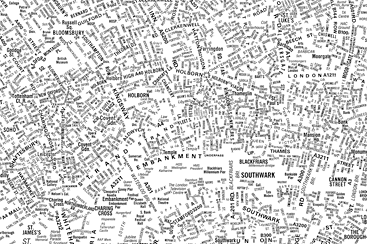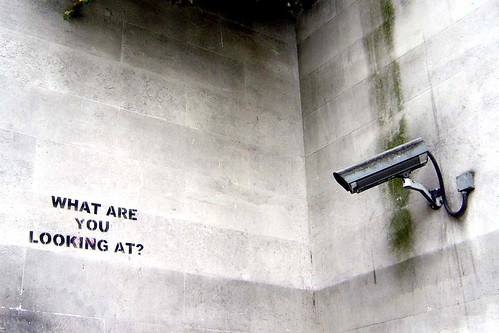
The
Economist recently wrote an article about the impact of wireless communication and urban nomadism. The term nomad is deeply misleading. Despite the focus on nomadism as a distinctly urban phenomenon, the citation of Manuel Castells, and examples that are all located in advanced urban areas--the term nomad is used to conjure a kind of nostalgic freedom.
Much like the image of the Marlboro Man (the single most valuable brand image ever created) was used to project a lifestyle of ruggedness, independence, freedom, and vigorous, healthy masculinity to a demographic under a great deal of economic (and health) pressure, the image of the nomad is also used to sell a lifestyle.
Urban nomadism requires a highly specialized, capital-intensive infrastructure which is continually evolving. Traditional nomadism requires not only limited, lightweight tools, but more importantly, vast areas of under-populated land not subject to private ownership and control. Urban areas aren't inhabited by nomads, but by individuals with the talents, capital, and ability to negotiate highly privatized spaces.




